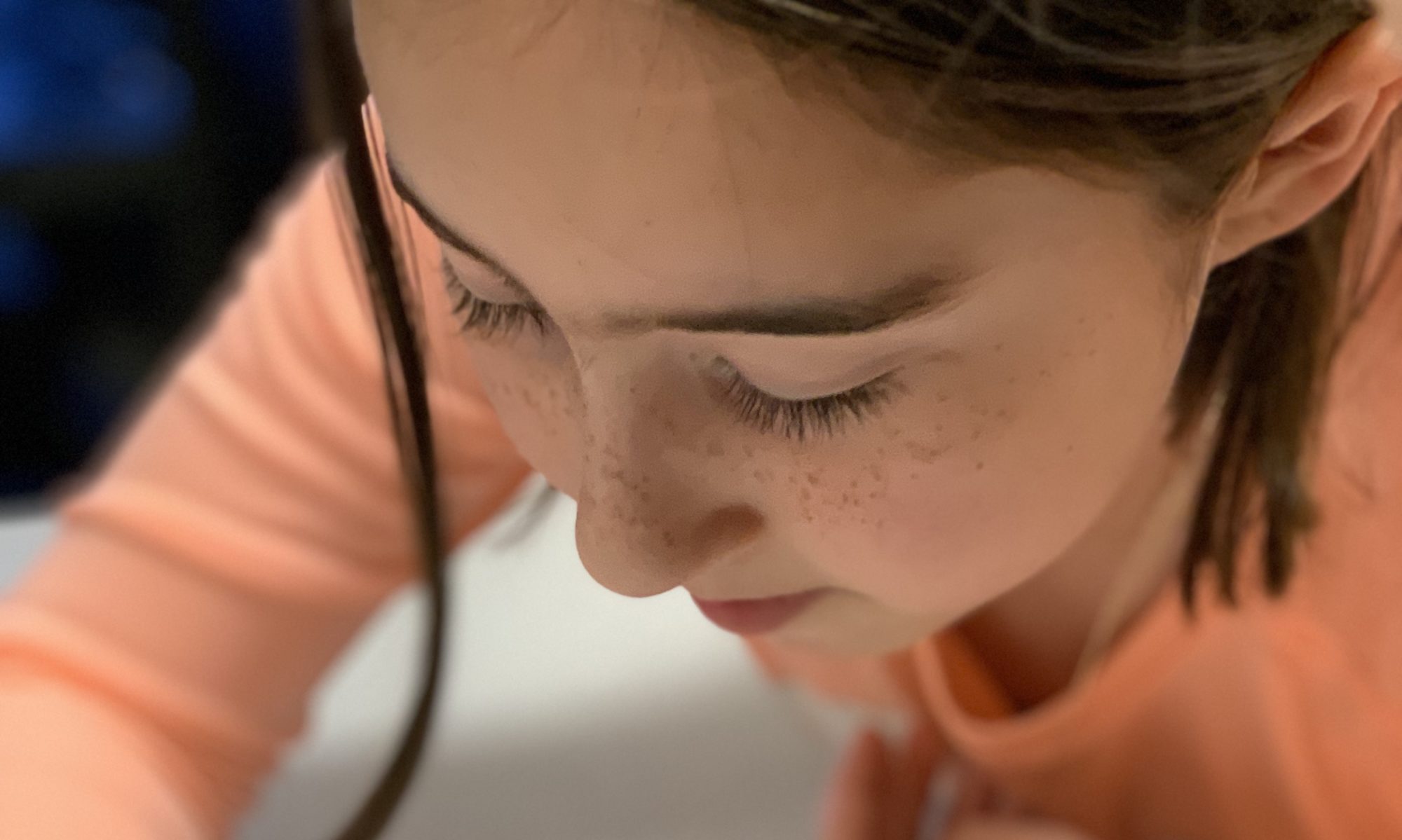
After weeks of planning, designing, and drawing, we finally got a chance to start building! One third grader asked me every week, “Are we going to build the city today?” When the students arrived in class, they each got a foam core base with their floor plan affixed to the top, and a bag of “walls” labeled with letters.

Using the floor plan drawings they created as a guide, the students labeled the spaces on the base, and then drew windows on their exterior walls if they wanted to add them.
The models are 1/8 scale (1/8″ = 1′-0″), just like our floor plans. Some students were surprised by the size of their models! This was a good lesson in scale. We discussed why the houses had walls that were much smaller than the airport or the school.
Finally, after all the models were assembled, it was time to lay out the city! The students worked together, using their city planning skills, to place each building. They also used drafting tape to designate roads.

I am so proud of what the kids accomplished this session! I think I learned just as much as they did!
















